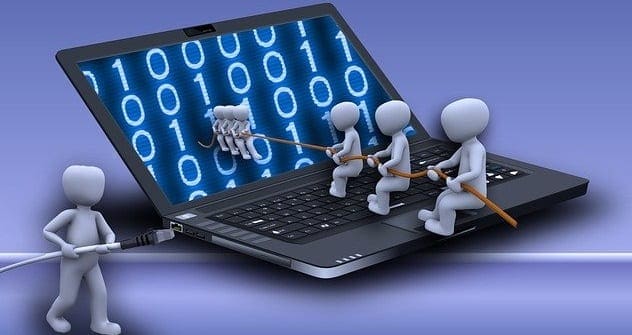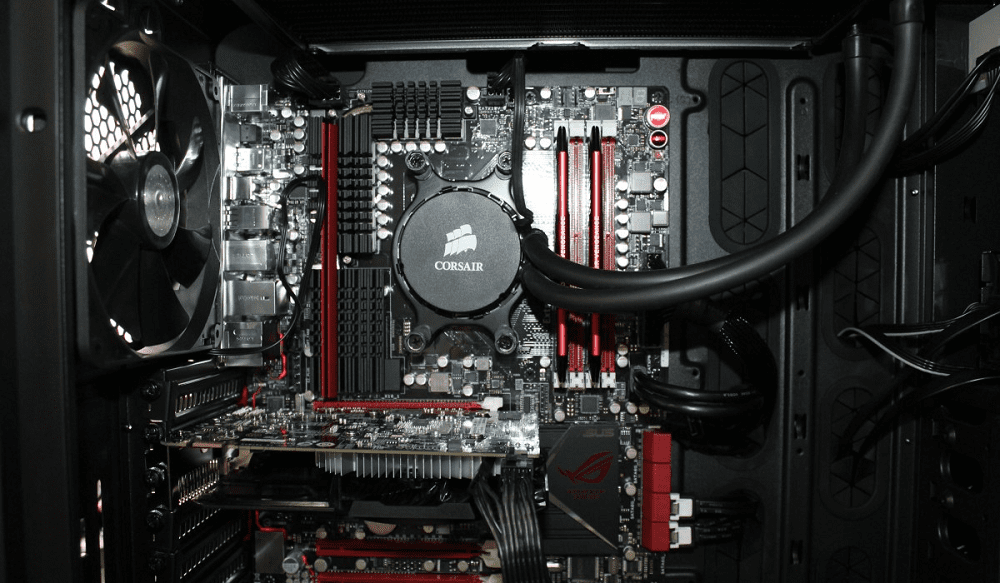Software aging is a process whereby the software code’s quality drops or becomes outdated leading to various technical problems. Any software or computer program is subject to an aging cycle that gradually changes its characteristics and performance for the worse. Eventually, the software becomes decrepit, and users need to upgrade to a newer version.
That is the reason why Google, Microsoft, Apple, and other tech giants regularly roll out major software updates. Think of these feature updates as new and better versions of the existing operating systems.
Contents
Does Software Degrade over Time?
Any software degrades over time due to the advancement in hardware or the changes occurring in users’ needs.
As the software gets older, it gradually fails to serve its purposes, and users start experiencing slow-down issues. Eventually, the software will trigger frequent system freezes and crashes and will stop working altogether. Windows XP is perhaps the perfect software aging example.
While we can’t prevent software aging, we do have a pretty clear picture of what’s causing it. Therefore, we can take specific actions to extend the software lifespan — or, at least, try to.
What Causes Software to Degrade over Time
- Hardware upgrades. Technology, and particularly, hardware advancements are taking place at a very rapid pace. If software developers fail to adapt the code to the latest hardware progress, their product becomes obsolete.
- Error accumulation over time. There’s no such thing as a bug-free or error-free software. As you continue to run your computer programs, more and more errors accumulate. This puts additional strain on the software code.
- Data and file corruption. Data corruption is something you can’t stop. The original data or software code unintentionally changes over time. More and more errors occur during the data writing, reading, processing, or storage phases.
- Memory bloating and leaking. If computer programs fail to release the memory resources they no longer need, they basically exhaust the available memory. As a result, your computer won’t properly run the software code, and various errors pile up. All this speeds up the software aging process.
How Do You Prevent Software Aging?
Get the Latest Updates
One way to prevent software aging is to regularly install the latest updates. Software developers constantly roll out updates to improve their programs, add new features and fix known bugs. In this manner, existing software can adapt to users’ needs or new technology platforms.
Clean Your System Regularly
Avoid installing unnecessary software. Make a habit out of regularly cleaning your system of junk files and temporary files. Don’t forget to scan your system for virus and malware infections. Malware is known to alter program files, which speeds up the software aging process.
Free your system resources of unnecessary strain. Uninstall the programs you no longer need. Limit the number of programs that automatically launch at bootup. Keep things simple.
Reinstall the Software
Uninstalling and reinstalling your software from time to time helps you to extend its lifespan or usage duration. By installing a fresh copy of that software or program, you can repair corrupted files.
Difference Between Software Aging and Software Rot
Software aging and software rot are two terms that describe the same phenomenon of performance degradation or frequent failures over time.
Think of software aging as the process and software rot as a result. When a program reaches the software rot stage, it often becomes unresponsive and crashes. It no longer receives regular updates and can even crash the operating system it’s running on. Users are left with no choice but to upgrade to a newer version.
What Is Software Rejuvenation?
Software rejuvenation refers to all the methods used to prevent or slow down software aging. To put it another way, these actions are meant to remove the software errors accumulated over time, free up system resources and fix data corruption issues.
Software Rejuvenation Techniques
Rebooting your system is one of the most popular and useful software rejuvenation techniques. Isn’t that the first troubleshooting method that comes to mind when your computer or phone stops working?
Clean installing your operating system is another software rejuvenation method that’s accessible to the average user. In essence, this means installing a clean copy of the latest OS version. The process consists of three main stages:
- Your computer completely uninstalls the older OS version.
- Then, your disk is formatted, and all the data is deleted.
- Your machine installs a fresh copy of the OS.
Conclusion
Everything in this world has a lifecycle. There’s an evanescent aspect to everything, and software is no different. Computer programs are subject to a gradual decline in performance over time. That’s called software aging. Users can perform a series of actions to prevent software aging, but they cannot fully stop the process.




